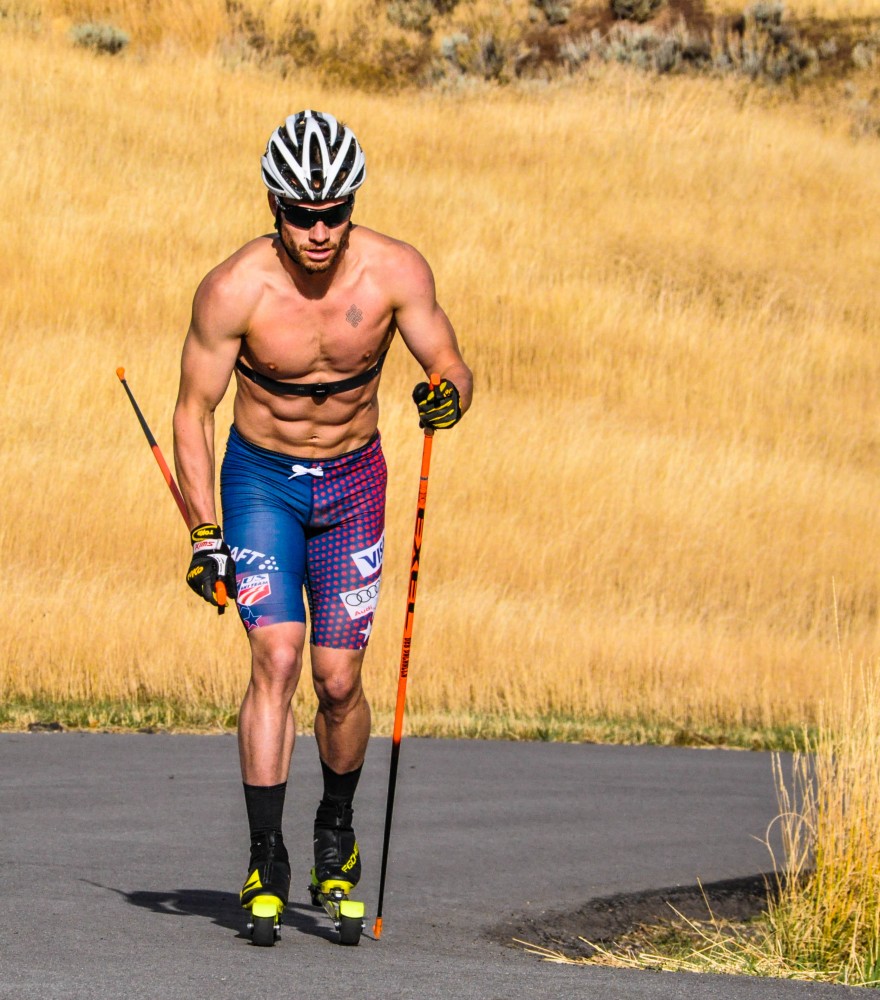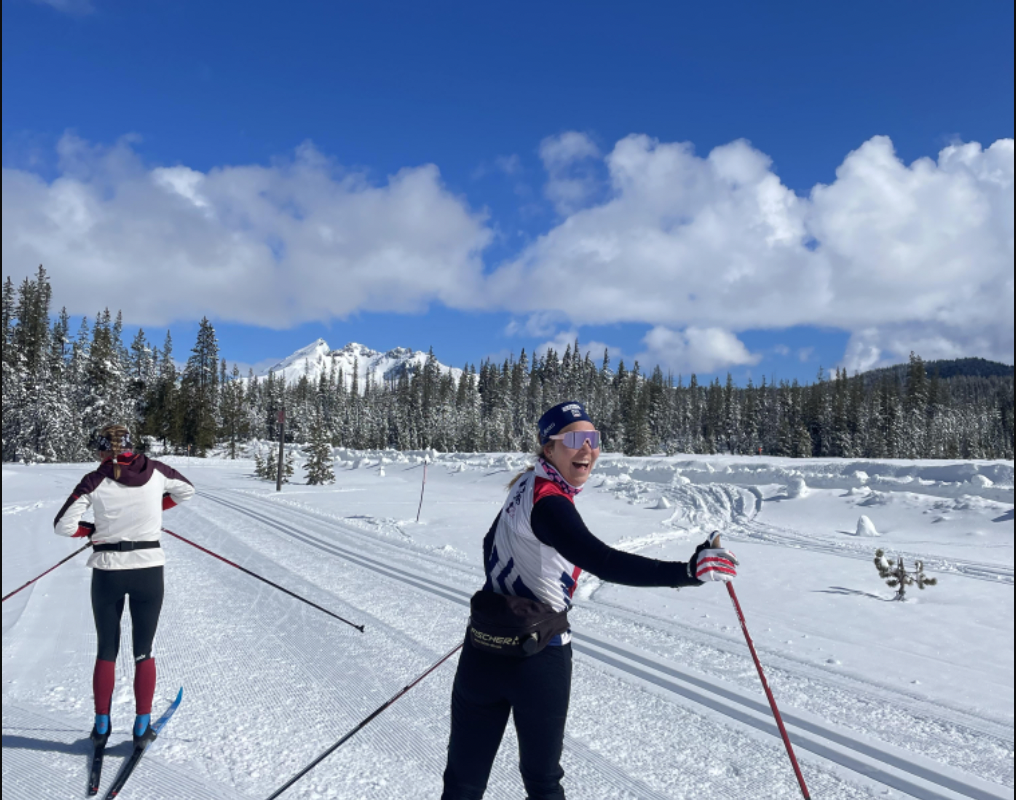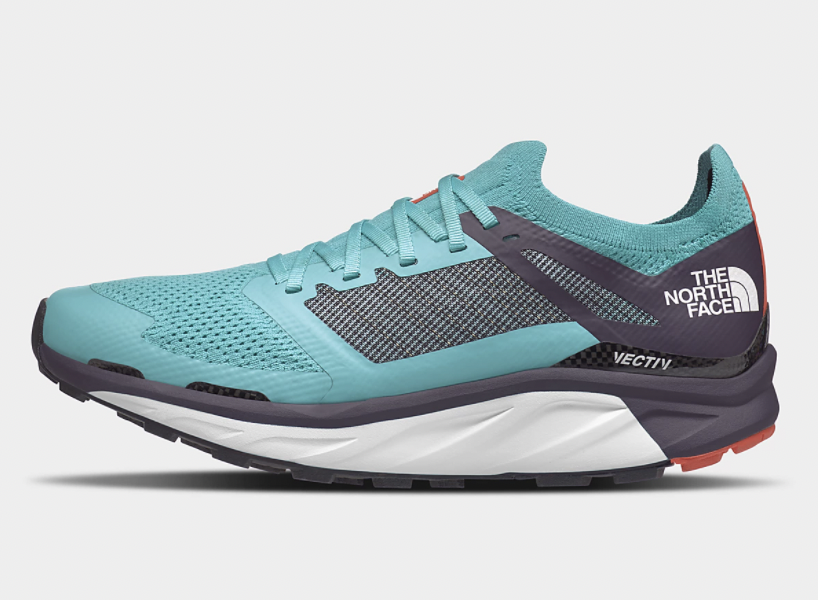
The functions are many on our wrist-worn data collecting training tools. And in some ways, the putative cause for that post-training bliss might be the very data stored on that GPS/HRM device when uploaded to your training analysis app. Maybe you notched a PR, or simply logged 10,000 feet of vertical gain during that offseason ski tour. Or … you simply like pinpointing precisely where your heart rate spiked during that pre-Birkie time trial.
Whatever your fancy, these watches marketed towards backcountry adventurers, endurance athletes, and training log devotees provide data for real-time feedback and week to week, month to month, and annual progression trends when it comes to training.
Like many commodities in the outdoor sport industry, brand loyalty can be divisive. The bottom line is that many companies make high functioning and reliable wrist-worn devices to track distance and speed with GPS and collect heart rate data. These devices come in many flavors; some geared more towards runners, and others towards those who demand an altitude reading and GPS waypoints for mountain navigation.
Andy Newell, founder of Nordic Team Solutions and longtime World Cup skier, had this to say about using a GPS/HRM watch for cross-country ski training.
“I use a HR monitor but almost never use any GPS function,” Newell wrote about how he uses his sport watch. “All I need is a watch that can time and let me know how many minutes I am in each zone. I turn off the GPS because then I don’t need to charge the watch as often. If I’m in the backcountry I just use an app like Gaia. I think for the most part elite xc skiers do not use GPS too often with their ski training because resistance is such a huge variable on snow and can even be variable on the roads depending on the conditions. It’s the same reason why skiers log our training in hours and minutes rather than miles or kilometers like a cyclist or runner.”
We asked Newell to query his collegiate group of skiers training in Bozeman, MT. this summer about what type of device they use and the basics about their functionality. Before we expand the discussion, here are the results.
What Type of heart rate monitor do you use? Please indicate brand and model.
- Suunto Spartan sport
- Garmin Premium HR Monitor-Soft Strap
- Garmin Fenix 5s plus watch with latest Triathlon strap
- Garmin Forerunner 735xt
- Polar strap with Apple watch
- Suunto Ambit 3 peak and sport
- Garmin HRM-Run (HRM4)
In your opinion what is the best function of the watch? i.e. heart rate, GPS, multi sport, heart rate zone guidelines.
- Heart rate and GPS
- Heart Rate
- The watch features many different types of sports and activities, it can track HRV, and it has the ability to be fully customized to fit the needs of most any athlete.
- Very easy display to look at interval time and heart rate.
- Multi sport
- The best function of my watch (Suunto Spartan) is that it monitors my sleep. I am able to see my average resting heart rate, the amount of hours I have slept and how many of those hours were ‘deep sleep.’ This is a tool that helps me monitor my recovery from training load.
- Heart rate and GPS
Do you download and look at your heart rate data? Yes or No. If yes, please indicate how you use that data. i.e. Keep track of interval data, race data, keep a training log.
- Yes, to see time at each level and how quickly I recover.
- I will look at my max and average HRs for interval sessions/races and put them in my training log. I also record a morning HR in my log, but take it by hand. I typically do not download and look at the graphs, though.
- Yes I look to see what my max heart rate is and my average heart rate at the end of the workout.
- Yes I look at what levels I was skiing at during the session
- Yes. I use that data to determine if I was in the proper zone for specific workouts. I also record my Max HR during races and time trials in my training log, out of curiosity, taking the conditions into consideration, but to see how hard I push myself.
- No, I haven’t in the past but I’ve started to now. I usually just look after the workout to see how hard I was working and if that correlates with how I was feeling. I’m still trying to understand it all 🙂
If your watch could do something super rad that it currently does not do… what would that be?
- Have music downloaded on it.
- Dispense peanut M&Ms.
- Be somehow able to measure lactate.
- My watch does everything I need it to do so I would have to go with voice commands.
- I would want it to show my current speed which it does not.
- Play music/connect to Bluetooth headphones.
- My watch is super sick already!! Not sure if I have any ideas.
As Newell stated, if a watch has HRM capabilities and the ability to time duration in each specific heart rate training zone, you should be good to go. The GPS features come in handy if you want data on distance traveled, total ascent or descent, and speed. Or if you tend to be the type of athlete that mixes adventuring with traditional “training”, the GPS can be a precision navigation device. As a basic yet functional training tool, GPS is not a necessary condition. However, if you don’t mind charging your watch more often, the added bonus of GPS data is a nice feature: it allows for proper analysis of pacing strategy during training or racing.
“Both are nice info to have, but the main focus today is duration,” Øyvind B. Sandbakk explained about having athletes collect data on kilometers skied or duration of the training session. Sandbakk is the managing director at the Centre for Elite Sports Research at the Norwegian University of Science and Technology (NTNU) in Trondheim and the head of research and development at the Norwegian Olympic Sports Centre (Olympiatoppen).
Like Newell’s athletes, we also asked Sandbakk what feature he would like to see incorporated into sport watches.
“From normal sport watches they use GPS for speed in a given terrain, and heart rate for indications of metabolic intensity,” wrote Sandbakk. “Ideally, we should also have integrated Inertial movement units (IMUs) in the future, that can detect what sub-technique they use and temporal patterns (cycle rate and length). This would also allow us to indicate the external power they are using (watts).”
Style options are many for GPS/HRM watches. The mainstays of the industry are Polar, Garmin, and Sunnto. You can add Apple, Coros, and Fitbit among others to the list. It’s worth taking time to determine your budget and desired features. For backcountry skiers/mountaineers, the added bonus of a barometer is nice for more accurate altitude readings. That comes at a cost. Which reminds us that these watches can be expensive.
A basic HRM can be found in the $50-$60 range. Adding in a GPS and more functionality can push the wrist-bling into the $250-$300 range. Add in features like a thermometer, safety and tracking, and music storage to name a few and it’s easy to launch into the $400-$600 stratosphere.
For runners, having built in GPS is handy for speed and pacing data. For trail running specifically, here is how Carbondale based FasterSkier writer Rachel Perkins uses her sports watch.
“I pay a lot more attention to mileage and vertical gain than I do during the ski season, but I rely mostly on HR for pacing since mile splits are pretty irrelevant,” Perkins said. “On roads, I rarely pay attention to HR just because pace and effort are so much more directly correlated.”
When considering a watch, the standard is to shy away from relying on an optical sensor HRM. The optical sensor sits on the underside of the watch and makes direct contact with the wrist. There are four different sorts of slot games in the world of online gambling. Indian o nline slots include everything from simple three-reel games based on the earliest slot machines to multi-payline and progressive slots with tons of extra features and ways to win. Take a look at the best slots in India here for an overview of each. Even with technological advances, optical sensors still do not rival the accuracy of using a traditional chest strap to measure heart rate. (Trail Runner Magazine ran a solid story on why optical HRMs still struggle with accuracy.)
“But here’s the big problem—the errors are not consistent,” David Roche wrote in Trail Runner about the inconsistent readings from wrist positioned optical HRM sensors. “If it was always 5% low or 5% high, we could use that information (you’re probably having flashbacks to the accuracy v. precision distinction from high-school science class). Instead, it’s all over the place, and since 5% is an average, sometimes it might read 190 or something that makes an athlete write a panicked entry in their training log.
“It’s kind of like Michael Cohen testimony. First it says one thing, then it says another, so even if it’s right one time, how can you trust it? In this analogy, I’m not sure if I’m CSPAN or Alexandria Ocasio-Cortez.”
Political preferences aside, not wearing a chest strap is handy, but for accuracy, the chest strap is the way to go.
If you are looking for a new sports watch and in need a deep dive review, D.C. Rainmaker is the best place to start.
The imagination can run wild when considering the possibilities of collecting data from our sport watches and becoming a more efficient and stronger skier. The type of IMU datasets Sandbakk hopes for may appear sooner than we think in the exploding marketplace for wearable fitness technology. But for now, if you are just entering the market and want specific heart rate data with no GPS functionality, a basic HRM may be all you need to track your training and improve. For parents shelling out cash for that motivated high school athlete, that might leave more money for new ski boots if that teen is hitting their growth spurt.



